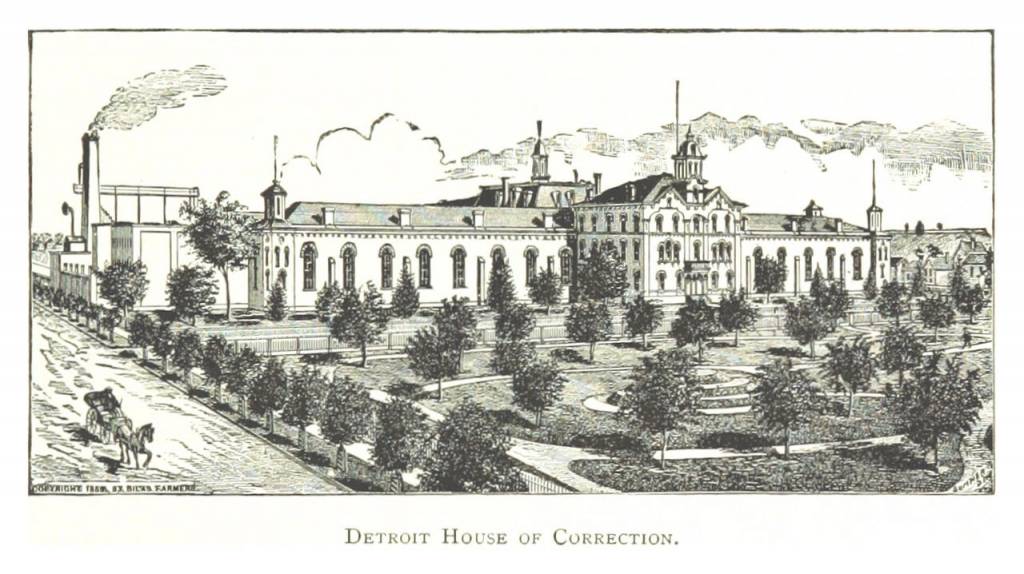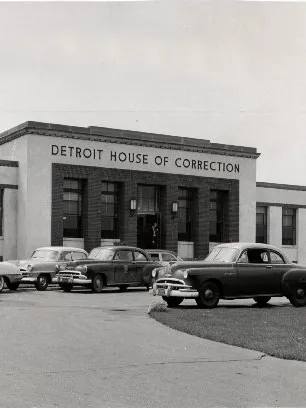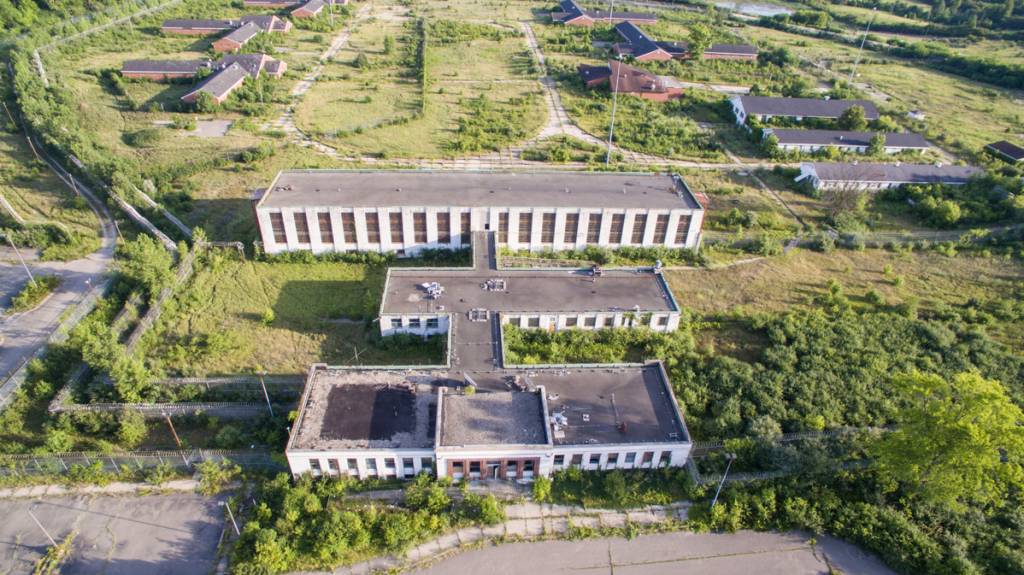For brief stretches in 1973, 1974 and 1978, I lived with my family in the bedroom community of Livonia, Michigan. Of those college and post-college days, I retain memories both painful and amusing. What follows is one of the latter.
I had a blue Volkswagen (on the back of which I had painted, in the spirit of the times, “Viva L’Amour”), and sometimes I would invite one of my brothers and a couple of his male friends to go with me on a dazed-and-confused excursion in the countryside—sometimes north toward Farmington and sometimes south toward Inkster. Seldom did we go east toward Detroit, unless it was to gawk at the dilapidated buildings and houses of that failed city. More often than not, we went west toward Plymouth. Since I was at the wheel, of course, I tended to determine our itinerary.
We would take Five Mile Road through Plymouth and Plymouth Township. And when we got near a certain facility, one or all of us would utter a blood-curdling scream: “No, please! Don’t send me to DeHoCo!” We had a good laugh before heading back to Livonia.
DeHoCo, short for Detroit House of Correction, was well known for corruption and brutality by guards and among inmates. It was not a good place to do hard time. The father of one of my companions had been a small-time hoodlum in Detroit during his youth, and he had some stories to tell.
During the Civil War, just over 46,000 people lived in Detroit. The city jail was overflowing, so the original DeHoCo was built on the site of what is now the Eastern Market. In time, it was full. The City Council found an alternative in the western reaches of Wayne County. About 1,000 acres of farmland were purchased near Plymouth in 1919. Officials gave convicts materials with which to make tents, and that constituted their “housing” for more than a decade. Agriculture remained part of the agenda for 50 years, as men—and women, as well, on the other side of Five Mile Road—tilled the land for sustenance. In time, they also worked in a laundry and a cannery. Some learned woodworking and auto mechanics.
In the late 1920s, famed architect Alfred Kahn designed the $2.5 million main building, along with barns, cell blocks, athletic fields and vocational training facilities—surrounded by fences and guard towers. The DeHoCo that Michiganders came to know and fear opened in 1931. There was a colorful parade of prisoners as gangsters, bootleggers and bank robbers paid their debts to society. While Billy the Kid and Belle Starr were among the more notable residents of the original DeHoCo, the Jewish “Purple Gang” was at the height of its powers when the new one opened. The joint was crowded after the 1943 and 1967 Detroit race riots, and DeHoCo gained further notoriety when John Sinclair (a self-styled radical revolutionary poet) was incarcerated for possession of a small amount of marijuana in 1969.
The population in this medium-security prison was not segregated according to offense, so murderers, psychopaths and repeat offenders mixed with 30-day drunks. Guards and wardens were susceptible to bribes. When female prisoners staged a sit-down strike over inhumane conditions in 1971, it went nowhere. Homosexual behavior—whether consensual or forced—was rampant on both sides of Five Mile Road.
A rat-infested dungeon, DeHoCo was made worse by the fact that Detroit used it as dumping ground for industrial coal and refuse; inmates long complained of respiratory problems and rashes.
While part of the facility was closed in 1986, it served such a necessary function that it limped along for almost 20 more years. Finally, DeHoCo was boarded up in 2004 although the women’s prison (rebranded the Robert Scott Correctional Facility) stayed alive until 2010, finally closing amid budget cutbacks. Prisoners were dispersed to lockups in Ypsilanti and Jackson.
So there DeHoCo sat for more than a decade—an eyesore of gloomy suburban blight. Prison property was declared surplus and put up for sale. Buyers were few, but locals often surreptitiously entered the premises to take what they could, and to get a look at this haunting and ugly place.
Simultaneously, another Detroit edifice was in much the same condition. I refer to Tiger Stadium at Michigan and Trumbull avenues in the city. That was where Ty Cobb, Babe Ruth, Hank Greenberg, Reggie Jackson and other baseball greats (and let us not forget the Lions’ Bobby Layne, Doak Walker, et al.) had thrilled crowds of up to 45,000. Both Tiger Stadium and DeHoCo were big places with lots of steel and concrete; they had been built to last. Demolition of the stadium was completed in 2009, about 10 years after the final baseball game. The prison was gone by late 2017, although cleanup and remediation took a while longer.

The original DeHoCo….

Main building….

Main building…

DeHoCo rotting….

DeHoCo in 2016, shortly before it was razed….


1 Comment
Now all the criminals in their coats and their ties
Are free to drink martinis and watch the sun rise
Nixon pardoned
Graham Spanier serving a two month summertime sentence
meanwhile…..the neglected of the world……
Add Comment